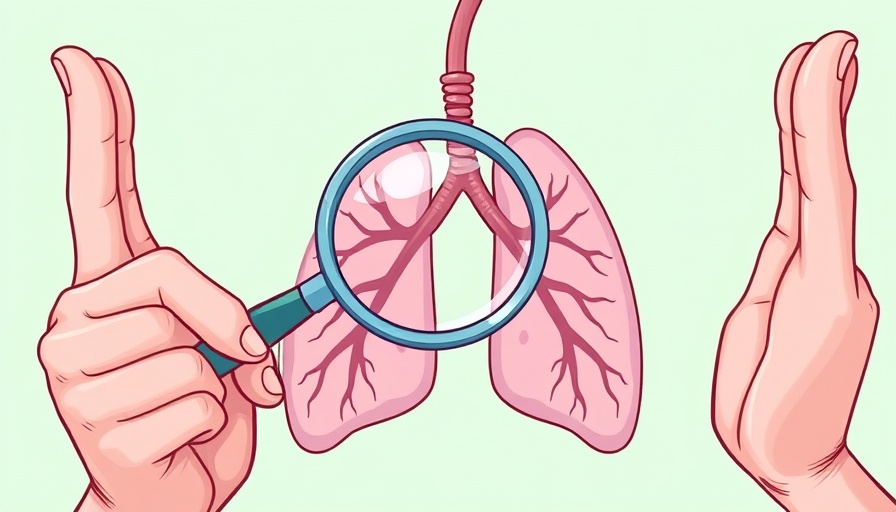
Revolutionizing Emergency Care: The Role of Point-of-Care Ultrasonography in Pneumothorax Diagnosis
In recent years, the landscape of emergency medical care has evolved significantly, largely driven by technological advancements. One of the newest tools in a clinician’s arsenal is point-of-care ultrasonography (POCUS), which has shown remarkable effectiveness in diagnosing conditions like pneumothorax. A recent study has underscored its utility, revealing that POCUS not only expedites patient assessment but also improves diagnostic accuracy.
Understanding Pneumothorax and Its Urgency
Pneumothorax, which occurs when air leaks into the pleural space, can lead to serious respiratory distress and requires immediate identification and intervention. Traditionally, chest X-rays and CT scans have been the go-to imaging techniques; however, they can be time-consuming and may delay crucial treatment. The shift to POCUS offers a rapid assessment tool that can be deployed directly at the patient’s bedside, essential in emergency situations.
The Study: Key Findings on Point-of-Care Ultrasonography
The study conducted evaluated the effectiveness of POCUS in detecting pneumothorax across various patient demographics. It found that POCUS not only provided rapid results but also exhibited a diagnostic accuracy comparable to that of traditional imaging methods. Clinicians were able to identify the condition more efficiently, resulting in a decreased time to treatment. This efficiency can be life-saving, particularly in high-stakes situations.
Innovations Driving Change: How POCUS Works
Point-of-care ultrasonography employs high-frequency sound waves to produce images of the body’s internal structures. In the case of pneumothorax, practitioners assess the movement of pleural layers during respiration. The absence of sliding motion between these layers typically indicates the presence of air in the pleural space, alerting healthcare providers to a potential pneumothorax.
Integrating POCUS into Emergency Protocols
For POCUS to be effective, it needs to be seamlessly integrated into emergency care protocols. Training healthcare professionals in the use of ultrasonography is vital; the study highlights the importance of ongoing education and hands-on practice to ensure accuracy in diagnosis. Hospitals and educational institutions are beginning to develop training modules that specifically address the use of ultrasonography in emergency departments.
Future Predictions: The Expanding Role of Ultrasonography
As POCUS technology becomes increasingly accessible, its role in emergency and primary care settings will likely expand. The ability to perform immediate assessments can enhance patient care significantly, particularly in rural or resource-limited environments where access to comprehensive imaging facilities is restricted. This shift can lead to more efficient healthcare delivery and better patient outcomes.
The Value of Understanding Point-of-Care Ultrasonography
For patients and families, understanding the implications of POCUS can foster improved communication with healthcare providers. Knowing that rapid diagnostics are available can alleviate some anxiety associated with emergency care. Furthermore, patients should be encouraged to seek healthcare providers who utilize emerging technologies, paving the way for a more progressive healthcare system.
Actionable Insights: Moving Forward with POCUS
Healthcare providers should advocate for training programs and institutional policies that endorse the use of POCUS in emergency settings. Health systems must invest in the necessary equipment and training to ensure that practitioners are not only aware of the technology but are also proficient in its application. The integration of POCUS into routine practice can enhance patient care, making a tangible difference in emergency medicine.
As we move towards a more technologically integrated future in healthcare, staying informed about advancements like point-of-care ultrasonography is vital. By fostering adaptability and promoting education around these innovations, both healthcare professionals and patients can benefit immensely from improved diagnostic capabilities.
 Add Row
Add Row  Add
Add 




Write A Comment